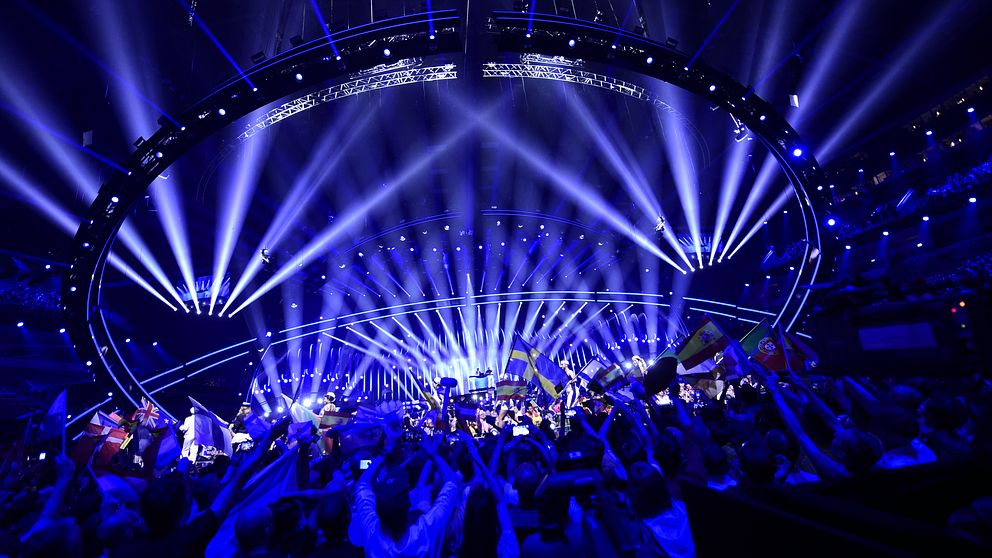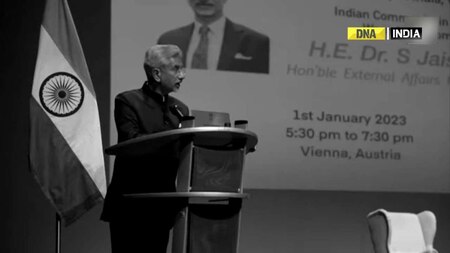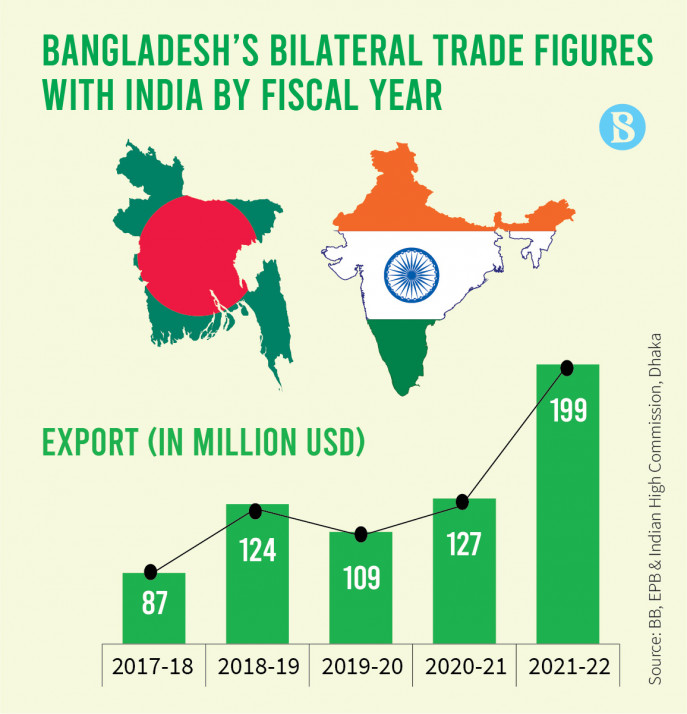Modern Life Reflected: Global Art 1850-1950 - An Art Review

Table of Contents
Realism and its Global Echoes
Realism, emerging in the mid-19th century, prioritized the accurate depiction of everyday life, rejecting the romanticized and idealized portrayals favored by previous artistic movements. While originating in France with artists like Gustave Courbet, whose "The Stone Breakers" exemplifies the movement's focus on the working class, Realism manifested differently across the globe. The style's emphasis on observation and detail resonated with artists worldwide, but its expression varied based on local cultural contexts and social realities.
- Examples of realist artists and their works:
- Gustave Courbet (France): The Stone Breakers, Burial at Ornans (find these at the Musée d'Orsay, Paris)
- Jean-François Millet (France): The Gleaners (find this at the Musée d'Orsay, Paris)
- Utagawa Hiroshige (Japan): Woodblock prints depicting everyday Japanese life (examples found in many major museums worldwide). His work showcases a different kind of realism, focused on the details of landscape and daily life within a specific Japanese context.
- Analysis of how social commentary was expressed through realist art: Realist art often served as social commentary, highlighting the inequalities and hardships faced by the working class and marginalized groups. Millet’s The Gleaners, for instance, depicts the arduous labor of women gleaning leftover grain, offering a poignant portrayal of poverty and rural life.
- Comparison and contrast of realist styles across different cultures: While sharing a common emphasis on accurate representation, Realist styles differed across cultures. French Realism often focused on social issues within a rapidly industrializing society, whereas Japanese Realism, as exemplified by Hiroshige's woodblock prints, focused on capturing the beauty and detail of the natural world and everyday life in a less overtly political manner.
The Rise of Impressionism and its Influence
Impressionism, born in France in the late 19th century, revolutionized painting with its focus on capturing the fleeting effects of light and color. Artists like Claude Monet and Edgar Degas prioritized subjective experience and the visual impact of the moment. However, Impressionism's influence extended far beyond its origins.
- Key Impressionist artists and their contribution to the global art scene:
- Claude Monet (France): Impression, Sunrise, Water Lilies
- Edgar Degas (France): The Ballet Class, The Absinthe Drinker
- The influence of Impressionism can be seen in the works of various artists across the globe, who adopted its techniques and adapted them to their own cultural contexts.
- The impact of Impressionism on subsequent art movements: Impressionism's emphasis on light, color, and subjective experience paved the way for Post-Impressionism, Fauvism, and other modern art movements.
- Examples of Impressionistic influences in non-European art: While the direct influence might be harder to pinpoint in all cases, the emphasis on light and capturing the immediacy of a scene found its way into various styles globally, demonstrating a cross-cultural exchange of artistic ideas.
Modernism's Diverse Manifestations
Modernism, encompassing a wide range of artistic styles and movements, emerged in the late 19th and early 20th centuries, reflecting the anxieties and aspirations of a rapidly changing world. Its key characteristics include experimentation with form, a rejection of traditional artistic conventions, and a focus on individual expression.
- Examples of Modernist art movements (Cubism, Fauvism, Expressionism, etc.) and their global reach: Cubism (Picasso, Braque), Fauvism (Matisse, Derain), and Expressionism (Munch, Kirchner) all had international impact, inspiring artists in various parts of the world to experiment with similar styles while incorporating local traditions.
- Analysis of how Modernist artists reflected the anxieties and aspirations of their time: Modernist art often grappled with the rapid pace of technological advancement, the disruption of traditional social structures, and the psychological impact of industrialization and war.
- Case studies of specific artists or artworks that exemplify Modernist themes in a global context: Further research into individual artists and their works from different parts of the world will reveal fascinating insights into how Modernist themes were adapted and expressed within unique cultural contexts.
The Impact of Industrialization and Urbanization on Art
The Industrial Revolution and rapid urbanization drastically altered the landscape and the lives of people in the 1850-1950 period. These changes were reflected in the art of the time.
- Examples of artwork showcasing industrial scenes or urban life: Many artists depicted the dynamism and anxieties of the industrial city through their works, contrasting it with the romanticized visions of nature from previous eras.
- The shift in artistic subjects from rural scenes to urban environments: The rise of the industrial city became a major subject of artistic exploration, capturing both the opportunities and the challenges it posed for society.
- The use of new technologies and materials in art during this era: The industrial era brought new materials and techniques, influencing artistic creation and experimentation.
Art as a Vehicle for Social and Political Commentary
Art throughout this period played a vital role in expressing social and political viewpoints. Artists increasingly used their work to critique power structures, social inequalities, and the devastating impact of conflict.
- Examples of artworks with strong social or political messages: Many works from this era served as powerful critiques of war, poverty, and oppression.
- The impact of social movements and revolutions on artistic expression: Major political and social upheavals fueled artistic responses, reflecting the changing sentiments and demands of society.
- The role of art as a tool for resistance and social change: Art served as a powerful tool for resistance and social change, giving voice to marginalized groups and challenging dominant narratives.
Conclusion
This review of Global Art 1850-1950 reveals a dynamic and multifaceted period in art history, where artists across the world responded to the transformative forces shaping modern life. From the realistic depictions of social realities to the innovative expressions of Modernism, this era’s art reflects a rich tapestry of cultural experiences and artistic innovations. Understanding this period is crucial to grasping the evolution of art and its ongoing impact on contemporary artistic practices. To further explore the complexities of Global Art 1850-1950, we encourage you to visit museums, explore online resources, and delve deeper into the lives and works of these influential artists. Continue your journey into the fascinating world of 19th and 20th-century global art!

Featured Posts
-
 Svt Redo Att Arrangera Eurovision Om Kaj Vinner I Basel
May 19, 2025
Svt Redo Att Arrangera Eurovision Om Kaj Vinner I Basel
May 19, 2025 -
 Sea Worlds Expedition Odyssey Your Journey To The Arctic Begins
May 19, 2025
Sea Worlds Expedition Odyssey Your Journey To The Arctic Begins
May 19, 2025 -
 Ufc Fight Night 222 Burns Vs Morales Full Event Details
May 19, 2025
Ufc Fight Night 222 Burns Vs Morales Full Event Details
May 19, 2025 -
 Impact Geopolitique Sur L Environnement Maritime Selon Credit Mutuel Am
May 19, 2025
Impact Geopolitique Sur L Environnement Maritime Selon Credit Mutuel Am
May 19, 2025 -
 Sesion Del Cne Preocupacion Por La Presencia Militar
May 19, 2025
Sesion Del Cne Preocupacion Por La Presencia Militar
May 19, 2025
Latest Posts
-
 Recent Developments In India Bangladesh Trade Focus On Import Restrictions
May 19, 2025
Recent Developments In India Bangladesh Trade Focus On Import Restrictions
May 19, 2025 -
 India Bangladesh Trade Dispute The Impact Of Recent Import Restrictions
May 19, 2025
India Bangladesh Trade Dispute The Impact Of Recent Import Restrictions
May 19, 2025 -
 The Deteriorating India Bangladesh Relationship A Look At Recent Trade Actions
May 19, 2025
The Deteriorating India Bangladesh Relationship A Look At Recent Trade Actions
May 19, 2025 -
 Analyzing Indias Decision To Restrict Imports From Bangladesh
May 19, 2025
Analyzing Indias Decision To Restrict Imports From Bangladesh
May 19, 2025 -
 Growth Opportunities Mapping The Countrys Promising Business Regions
May 19, 2025
Growth Opportunities Mapping The Countrys Promising Business Regions
May 19, 2025
